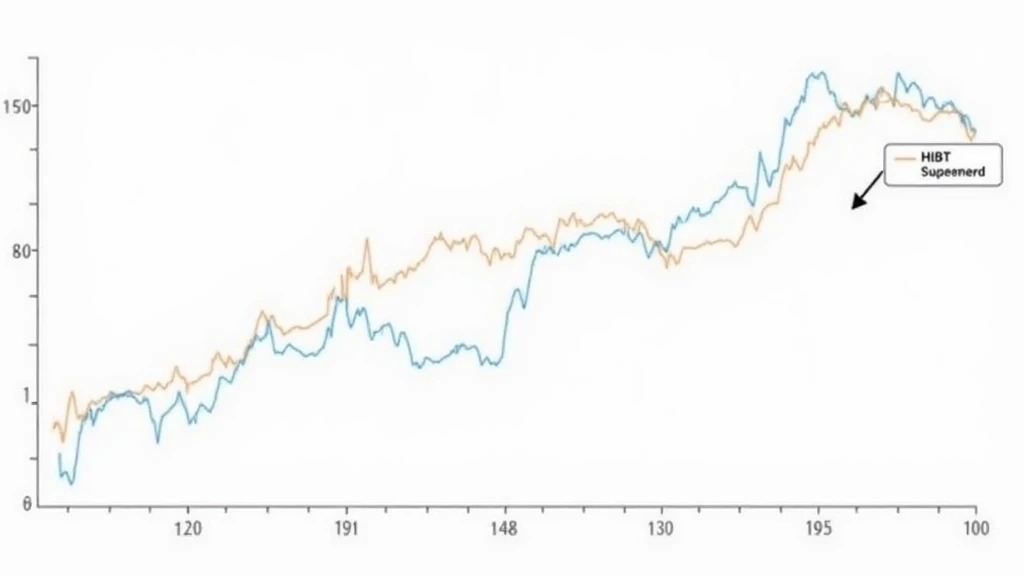Introduction
With the rapid expansion of the cryptocurrency market, many traders are looking to leverage their positions through margin trading. Coinbase crypto futures margin requirements are increasingly becoming a significant topic of discussion among both novice and experienced traders. According to recent reports, the trading volume on major crypto exchanges has soared, reaching over $500 billion in daily transactions by the end of 2023. This dynamic growth emphasizes the importance of understanding margin requirements when trading futures on platforms like Coinbase.
Understanding Margin Trading on Coinbase
Margin trading involves borrowing capital from a broker to invest more than your initial capital. On Coinbase, margin trading allows investors to amplify their exposure to cryptocurrency price movements. Here’s how it works:
- Leverage: Coinbase allows users to trade with leverage, enabling them to open larger positions without having the corresponding cash balance.
- Margin Call: If your equity falls below the required maintenance margin, you may receive a margin call, requiring you to add more funds or liquidate your position.
- Interest Rates: The borrowed capital incurs interest, which traders must factor into their overall profitability.
Coinbase’s Margin Requirements
Coinbase has specific margin requirements that vary based on the asset traded. Understanding these requirements is crucial for avoiding unwanted liquidation of your positions.

- Initial Margin: This is the percentage of the total investment that traders must pay upfront. For example, if you’re trading Bitcoin futures, the initial margin might be set at 20%.
- Maintenance Margin: This is the minimum equity you must maintain in your margin account. Typically, it’s lower than the initial margin and can be around 10%.
- Varied by Asset: Different cryptocurrencies have varying margin requirements based on their volatility and trading volume. Always check the updated rates on the Coinbase platform.
The Impact of Market Volatility
The cryptocurrency market is known for its price volatility, which can significantly impact margin trading. Here are some consequences traders should consider:
- Higher Risk: Volatile price movements can quickly erode your margins, leading to a rapid increase in margin calls.
- Risk Management Strategies: Implementing stop-loss orders can help mitigate losses during extreme market fluctuations.
- Leveraging Knowledge: Understanding market trends and technical analysis can bolster your chances of successful margin trading ventures.
Assessing Your Risk Tolerance
Before engaging in margin trading, it’s vital for traders to assess their risk tolerance. This self-assessment can guide how much leverage to use and prevent overextending oneself. These factors can influence your risk decision:
- Investment Goals: Short-term traders may opt for higher leverage, while long-term investors might favor lower risk.
- Market Experience: New traders should approach margin trading cautiously, as lack of experience can lead to significant losses.
- Financial Situation: Only invest what you can afford to lose, and consider your overall financial health before trading on margin.
Local Market Insights: Vietnam’s Crypto Trading Growth
As of 2023, Vietnam has experienced a remarkable increase in crypto adoption, with a user growth rate of 132% year on year. This surge demonstrates the increasing interest in cryptocurrencies in Asia. Here’s what you need to know about the Vietnamese market:
- High Engagement: Vietnam ranks high in global crypto trading engagement, highlighting the potential for margin trading popularity.
- Regulatory Landscape: Stay informed about local regulations as they can impact how exchanges like Coinbase operate in the region.
- Emerging Platforms: Many local platforms are emerging, but Coinbase remains a dominant player due to its robust security measures and ease of use.
Potential Risks and Considerations
While margin trading offers opportunities for greater profits, it also comes with inherent risks. Here are some crucial factors to keep in mind:
- Potential Losses: You can lose more than your initial investment, especially under volatile market conditions.
- Psychological Stress: The pressure of margin trading can lead to emotional decisions that may not be in your best interest.
- Liquidity Constraints: In cases of rapid market downturns, finding buyers can be challenging, complicating your ability to liquidate your positions effectively.
Conclusion
Understanding Coinbase crypto futures margin requirements is paramount for anyone looking to explore margin trading. It’s essential not only to grasp the mechanics behind trading on margin but also to be aware of the risks associated. As the crypto landscape continues to evolve, traders must stay informed and adapt their strategies accordingly. By applying effective risk management techniques and understanding your personal risk tolerance, you can navigate the volatile cryptocurrency market more effectively and potentially reap significant rewards in the process.
With the rise of investors in regions like Vietnam, embracing the crypto futures market presents an exciting opportunity. So, whether you’re on the hunt for the 2025年最具潜力的山寨币 or simply trying to learn how to audit smart contracts, ensure you stay educated and aware of Coinbase crypto futures margin requirements as you trade.
For the latest updates and insights, be sure to check back with allcryptomarketnews regularly.
About the Author
Dr. Alex Tran is a blockchain technology expert with over 20 published papers and has led audits for several high-profile projects in the cryptocurrency space. His insights have been invaluable to investors seeking to understand market dynamics.





